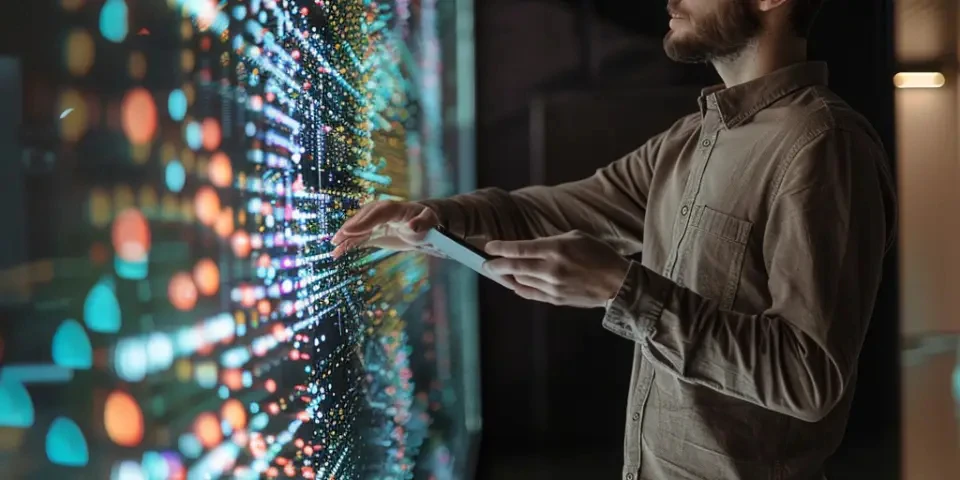Master the Art of Food Presentation AI-Driven Munch Editing Techniques to Impress Your Guests
Food presentation is an essential aspect of culinary art that can elevate the dining experience to new heights. A visually stunning dish not only showcases the chef's creativity but also engages all the senses of the diners. In recent years, artificial intelligence (AI) has revolutionized various industries, and the world of food is no exception. In this article, we will explore the incredible AI-driven munch editing techniques that can help you master the art of food presentation and leave your guests in awe.
1. Perfect Plating
Plating is the foundation of food presentation, and AI can assist you in achieving the perfect arrangement. AI-powered software, such as the widely acclaimed FoodMuse, analyzes various plating styles, textures, and color schemes to suggest visually appealing arrangements. This software considers factors like balance, contrast, and focal points, helping you create stunning compositions that are both aesthetically pleasing and delicious.

Additionally, AI can also provide real-time feedback on your plating techniques. Some applications use computer vision to recognize the position and alignment of each element on the plate, ensuring precision and consistency across multiple servings.
2. Creative Garnishes
Garnishes are like the final brushstrokes on a masterpiece, adding an extra touch of elegance to your dish. AI algorithms can offer creative suggestions for garnishes based on flavor profiles, ingredient combinations, and cultural influences. Whether it's a delicate herb arrangement or an intricate sauce design, AI can guide you towards incorporating visually stunning garnishes that complement the flavors of your dish.
Advanced AI platforms, such as Chef'sCompanion, even allow you to experiment with different garnishes virtually before implementing them in reality. This not only saves time and resources but also enables you to visualize the final presentation beforehand.
3. Color Harmony
The colors on a plate can significantly impact the overall aesthetic appeal. AI-driven tools, like ChromaPal, analyze the color palette of your dish and suggest harmonious combinations. These tools consider factors such as color psychology, cultural associations, and personal preferences to guide you in creating visually striking compositions.
Moreover, AI algorithms can simulate the colors of various ingredients, accounting for natural variations in appearance. This ensures that your dish's visual appeal remains consistent, even when using produce from different batches or seasons.
4. Texture Play
Texture plays a vital role in food presentation, enhancing the sensory experience of a dish. AI-enhanced technologies, such as TextureSense, can highlight the textural contrasts in your food and provide suggestions for additional elements to create a more dynamic visual impact.
TextureSense uses machine learning to analyze textures from a vast database of dishes and ingredients. It recommends complementary ingredients with distinct textures that can elevate your dish's appearance while maintaining a harmonious balance.
5. Plate Geometry
The shape and size of the plate can significantly influence the visual perception of your dish. AI-driven software, like PlatePro, offers recommendations on the ideal plate geometry for different types of cuisine and presentations. Whether you're serving a classic French dish or a modern fusion creation, PlatePro can suggest the appropriate plate size, rim design, and curvature to enhance the final presentation.
6. Lighting and Shadows
Lighting and shadows can dramatically transform the visual appeal of a dish. AI-powered lighting systems, such as IlluminateChef, analyze the colors and components of your dish and provide recommendations on the optimal lighting and shadow placements to enhance its appearance.
Using advanced algorithms, IlluminateChef simulates various lighting scenarios, allowing you to experiment virtually before implementing the actual lighting setup in your dining area. This ensures that your dish looks as enticing under natural or artificial light as it does on a screen.
7. Interactive Servingware
Interactive servingware is a burgeoning trend in food presentation. AI-integrated serving platters and plates, like SmartServe, respond to touch and movement, creating dynamic and visually engaging presentations for your guests.
SmartServe recognizes the presence and proximity of utensils and adjusts the lighting, temperature, or even plate rotation accordingly, creating an interactive and immersive dining experience. Imagine a plate that spins slowly as your guests approach, revealing different components and encouraging exploration.
8. Personalized Plating
Every diner is unique, and tailoring the presentation to their preferences can enhance their dining experience. AI-driven platforms, like PersonaPlate, analyze individual preferences, dietary restrictions, and cultural influences to recommend personalized plating styles and arrangements.
PersonaPlate considers factors such as color preferences, ingredient aversions, and portion sizes to curate a visually stunning and customized presentation for each guest. This level of personalization can leave a lasting impression and make your guests feel truly special.
Frequently Asked Questions:
Q: How accessible are these AI-driven tools for home cooks?
A: While some AI platforms are primarily designed for professional chefs and restaurants, there are also user-friendly apps available for home cooks. These apps provide simplified interfaces and guidance for beginners, making AI-driven munch editing techniques accessible to a wider audience.
Q: Can AI really replace the creativity and intuition of a human chef?
A: AI is a powerful tool that enhances a chef's creativity rather than replacing it. These algorithms provide suggestions based on established culinary principles, but the final decision-making remains in the hands of the chef. AI empowers chefs by offering new perspectives and ideas they may not have considered otherwise.
Q: Are these AI-driven munch editing techniques limited to specific cuisines or styles of cooking?
A: No, AI-driven munch editing techniques can be applied to any cuisine or style of cooking. Whether you're working with traditional recipes or exploring innovative fusion creations, AI can assist in enhancing the presentation regardless of the culinary background.
Explore your companion in WeMate